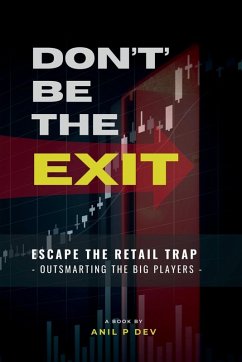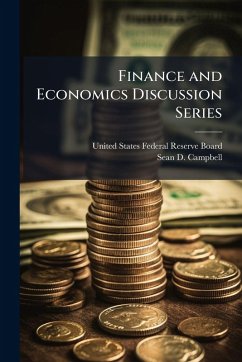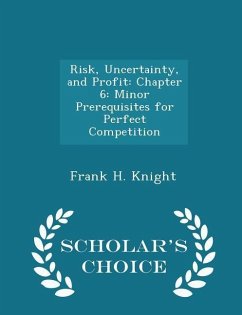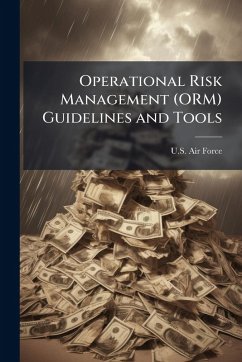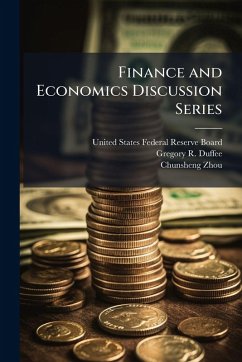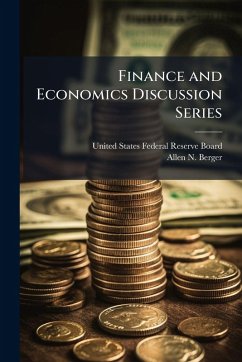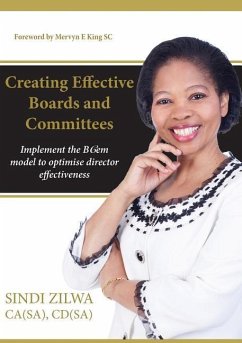
When Everyone Runs for the Exit

PAYBACK Punkte
7 °P sammeln!
The dangers of shouting "fire" in a crowded theater are well understood, but the dangers of rushing to the exit in the financial markets are more complex. Yet, the two events share several features, and I analyze why people crowd into theaters and trades, why they run, what determines the risk, whether to return to the theater or trade when the dust settles, and how much to pay for assets (or tickets) in light of this risk. These theoretical considerations shed light on the recent global liquidity crisis and, in particular, the quant event of 2007. This work has been selected by scholars as be...
The dangers of shouting "fire" in a crowded theater are well understood, but the dangers of rushing to the exit in the financial markets are more complex. Yet, the two events share several features, and I analyze why people crowd into theaters and trades, why they run, what determines the risk, whether to return to the theater or trade when the dust settles, and how much to pay for assets (or tickets) in light of this risk. These theoretical considerations shed light on the recent global liquidity crisis and, in particular, the quant event of 2007. This work has been selected by scholars as being culturally important, and is part of the knowledge base of civilization as we know it. This work was reproduced from the original artifact, and remains as true to the original work as possible. Therefore, you will see the original copyright references, library stamps (as most of these works have been housed in our most important libraries around the world), and other notations in the work. This work is in the public domain in the United States of America, and possibly other nations. Within the United States, you may freely copy and distribute this work, as no entity (individual or corporate) has a copyright on the body of the work. As a reproduction of a historical artifact, this work may contain missing or blurred pages, poor pictures, errant marks, etc. Scholars believe, and we concur, that this work is important enough to be preserved, reproduced, and made generally available to the public. We appreciate your support of the preservation process, and thank you for being an important part of keeping this knowledge alive and relevant.



